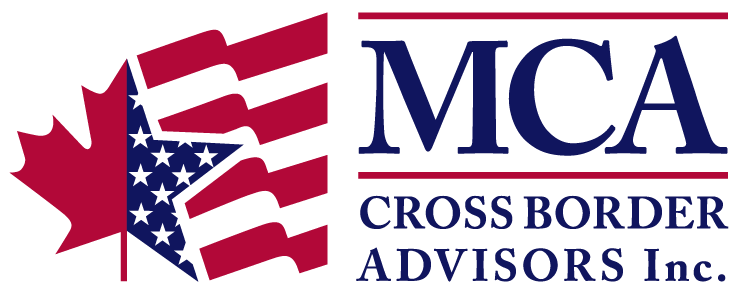Proposed AMT Rules and Effect on Departing Canadians
The 2023 federal budget announced significant changes to the Alternative Minimum Tax (AMT) regime to better target the AMT to high‑income individuals. On August 4, 2023, the Department of Finance released draft legislative proposals to modify the AMT regime, effective as of the 2024 tax year.
These AMT changes will have a significant impact on Canadians who are planning on exiting Canada for tax purposes after Dec 31, 2023.
By way of background, Canadian emigrants face a departure tax at exit. The departure tax is a capital gains tax payable from the deemed disposition of some of their capital assets held at departure, with certain exceptions. Typically, taxpayers are able to defer departure tax as long as they make a proper election on their tax return for the year of exit and provide acceptable collateral to the CRA.
The proposed AMT changes include raising the AMT rate, increasing the AMT exemption, and broadening the AMT base. In particular, Canadian emigrants should be aware of the following highlights of the changes:
- Under the new proposed AMT rules, the Lifetime Capital Gain Exemption (LCGE) will be subject to a 30% inclusion rate (no change from existing AMT rules), and capital gains will be subject to a 100% inclusion rate (increased from an 80% inclusion rate under the existing AMT rules).
- The federal AMT tax rate is increased to 20.5% (increased from 15% under the existing AMT rules).
- The federal AMT exemption is increased to $173,000 in 2024 (increased from $40,000 under the existing AMT rules).
- The proposed changes to the AMT regime will affect the AMT payable in all provinces and territories, except Quebec, which has its own AMT regime. That said, Quebec is expected to harmonize its AMT rules with the federal changes.
Let’s review how the changes would impact a taxpayer with $100 capital gain.
- Under the regular tax system, capital gains are only 50% taxable in Canada. By applying the 33% federal top marginal tax rate, an $ 100 capital gain will result in $16.5 federal tax.
- Under the existing AMT rules, we first include 80% of the capital gains to calculate the taxable income subject to AMT, which will be $80. By applying the 15% AMT rate, an $ 100 capital gain will result in $12 AMT. This is lower than the federal regular income tax, and therefore, the taxpayer will have no AMT payable under the existing AMT rules.
- Whereas under the proposed AMT rules, 100% of the $100 capital gain will be subject to the 20.5% federal tax, or $ 20.5 in AMT. This is higher than the regular income tax of $16.5. Therefore, the taxpayer will have AMT payable under the existing AMT rules.
Therefore, if the Proposed AMT rules become law and become applicable after 2023, taxpayers exiting from Canda as of January 1, 2024 or later who hold significant unrealized capital gains within their assets subject to departure tax will be facing an additional combined federal and provincial AMT tax burden. The additional tax burden will be around 6% for capital gains and 4.80% for capital gains eligible for the LCGE.
Note that this additional tax liability is not departure tax (capital gains tax), which can be deferred, but rather AMT, which cannot be deferred. Depending on the amount of unrealized capital gains at exit, the additional AMT owing can lead to cash flow issues for the emigrant.
The draft revised AMT rules are complex, and MCA Cross Border Advisors can help you determine whether you are affected by these proposals and how they may apply to your unique situation. For more details on how these new rules relate to your plan to exit Canada, please contact us.

